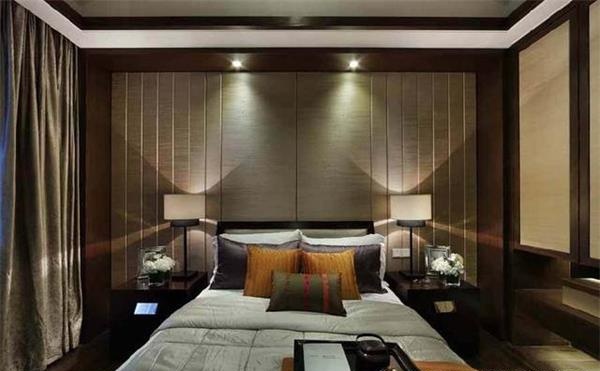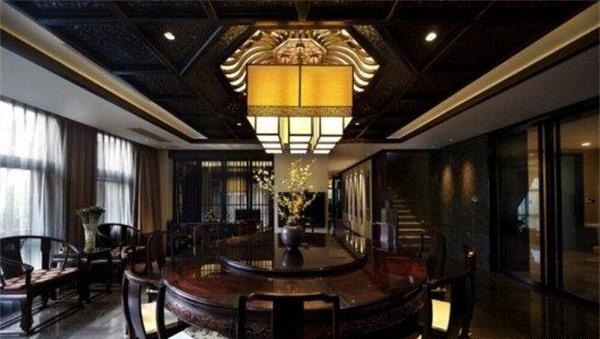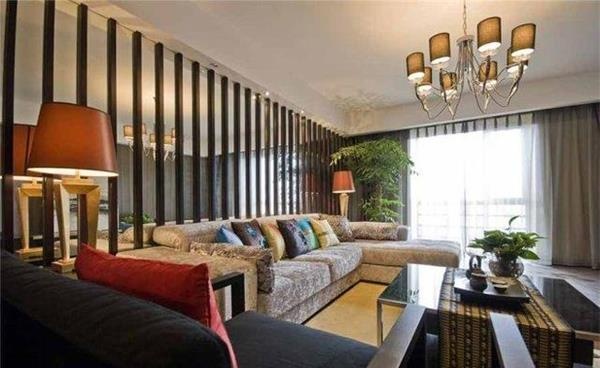Home decoration, lighting design is an essential part of it. Many people think that the lighting design is very simple, just choose a few lights. We will not discuss whether this approach is right or not. If you really do it, then, what brightness should be used for the lamps or light sources in the living room, bedroom, kitchen, bathroom, or how much W should be used in these places Woolen cloth?
Here, we do not discuss the topic of technology and art, but only make the following suggestions on the selection of the wattage of the lamps and lanterns in each room of the house (taking LED light source as an example):
Living room: 1 square meters needs about 1.7W, 15 square meters living room needs about 25W light source to illuminate, other space algorithms are the same.

Kitchen: 1 square meters needs about 1.7W (such as operating area spotlights, cupboard lights and other auxiliary lighting are beyond the scope of this article)
Dining table chandelier: Calculated according to the normal size of the dining table, it probably needs a lamp of about 8W. If it is equipped with a diffuser, you need to increase the power of 5W. Of course, if your house is very embarrassed, double the power is also OK.

Lamps under the kitchen cabinets: operating tables above 1m and below 2m. If you use a light strip or tube, about 1m, about 5W power is enough, more than two meters can be deduced by analogy.
Bedroom: Compared with other rooms, the bedroom has a lower brightness requirement. 1 ㎡ with 1W is enough. Of course, if you like to read in bed, then a bedside lamp with a 5W light source is also sufficient.

Bathroom: about 1.7W for 1㎡
PS: Regarding table lamps and floor lamps, no matter which room you place in, we think that 5~10W of light source is sufficient.

Finally, let me explain that the above brightness matching is based on the LED light source as an example. If the light source you choose is an energy-saving lamp, multiply the wattage by 2 on the basis of the above (take a 15㎡ living room as an example, the LED light source needs 25W, and the energy-saving light source needs 50W); if your light source is For incandescent lamps, please multiply the wattage by 6, and the algorithm is the same as before.

The above calculation result is an ideal value, and the selection of the light source cannot be exactly that precise. When we choose the light source, we can use this reference range. If you have higher requirements for brightness, or the light-shielding of the lamp shade is stronger, increase the wattage by about 30% on this basis.
For indoor lighting, we don’t need to design the lights with colorful lights or emphasize the brightness too much. The light is too dim, and the basic lighting function may not be realized. If the light is too bright, it will appear unreasonable, unhealthy, and environmentally unfriendly.


